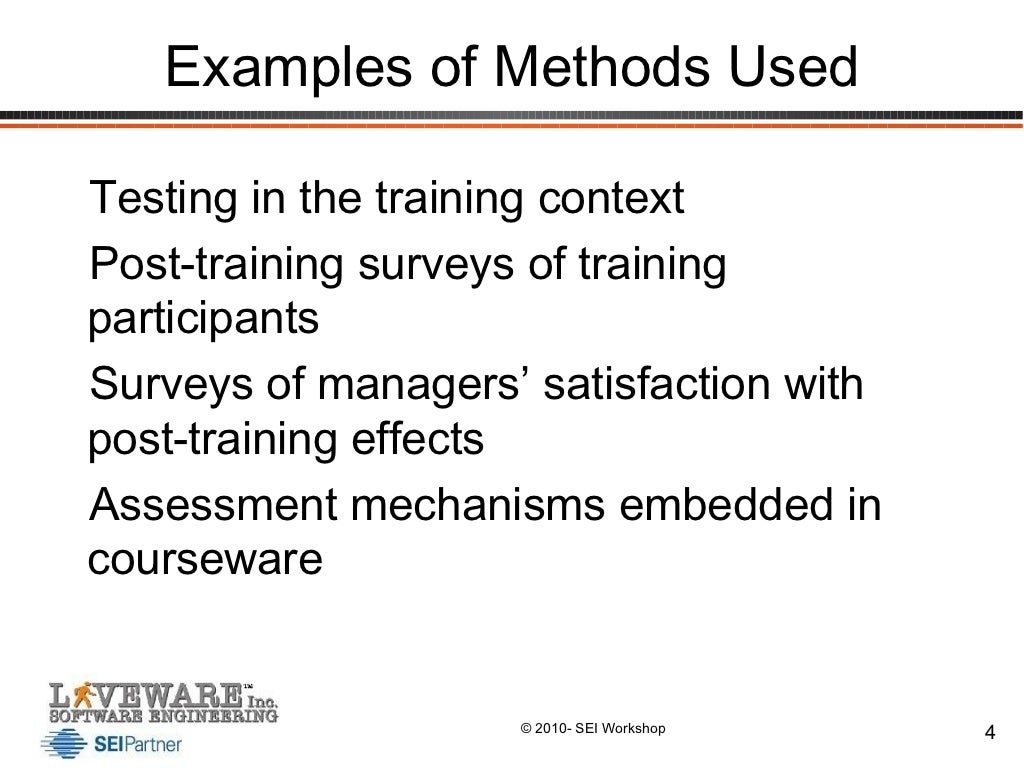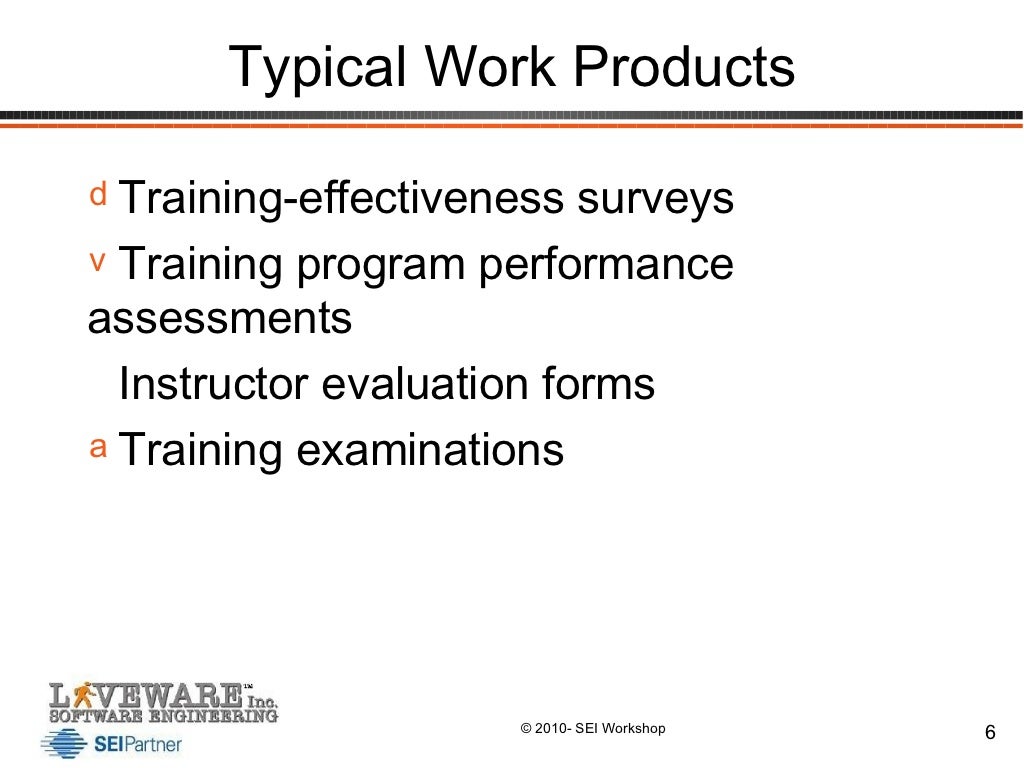Training should assist individual performance to impact positively on organisational productivity both in the short term and in the future. There are several ways to measure training effectiveness.

Effectiveness of Organizational Training
A case study in bahrain said taan el hajjar1 and madina sughra alkhanaizi1 abstract training is a systematic way to improve the performance of employees, and it provides a link between job requirements and the current job specification of the employees.

Training effectiveness in an organisation. Furthermore, most of training sessions in bahrain lack the effective materials and facilities that lead for a good training effectiveness. Structuring a training program should begin from the first step, i.e., identifying: Why to train, who to train, and what to train on.
Training programs should provide a relevant developmental experience for employees. More importantly such training has to be quantifiable. Goldstein and ford, (2002) suggests ‘training’ to be a systematic approach to development and learning to increase team, individual and organizational effectiveness while “development’ refers to action leading to the acquisition of new skills and knowledge for purpose of personal or organizational growth.
For training evaluation to be truly effective, the training and development itself must be appropriate for the person and the situation. The materials used in a training session are traditional, such as. Currently, employees in the organisation make many mistakes while performing their tasks.
Evaluating training effect connects initiative with results. Before training begins, it is helpful to plan what. Perhaps among the most important reasons for measuring learning, is to show those learners what they’ve achieved, what they might need to do, and how they’ve accomplished their goals.
Roger buckley and jim caple. Effective training is considered as an important factor in determining the efficiency of an organization which depends upon the capability of its employees. In most cases, practical tests or short quizzes before and after the training are used to assess this.
Training effectiveness is fundamentally an evaluation that inspects the level to which training. The effectiveness of training programs is maximized if the manager is carrying out his or her responsibility of developing subordinates. Training basically is an important process of imparting the knowledge to the employees that helps in improving productiveness and their behavioural pattern.training is a vital and necessary activity in all the organization as it plays a larger part in determining the effectiveness and efficiency of the eastablishment.
In a work environment, these might apply to how well an employee has received the training, how well they’ve retained the knowledge for the delivery of their role, how well they’ve used the knowledge for their role and how the training has impacted the company’s productivity or. As a general training and development may show the hided. Training always improves the skills and knowledge of the employee and enables him or her to perform his duties more efficiently.
You have five main options, as follows: Training is the most important factor in the business world because training increases the efficiency and the effectiveness of both employees and the organization. The employee performance depends on various factors.
To measure training effectiveness, start by identifying the 3ws (why, who, and what of training), followed by the training given. Kinds of training and skills acquisition bring economic success. Feedback and encouragement are paramount in the realm of learning and development.
Employees develop a feeling that organisation is taking care and interest in them through training programmes. Training functions should provide active support to the organization’s line managers. The effectiveness of training and development is the first thing that must be measured during the training process of employees.
Enhanced the employee’s skill, know ledge, and behaviour inside the association. Even though evaluation is listed at the last phase, evaluation actually happens during. Training which is referred to as a course of diet and exercise for developing the employees’ effective, cognitive and psychomotor skills assist the organizations to have a crucial method of developing the employee
In the second stage, the idea is to understand what the participants learned from the training. Skills and m ake max imum use of it to assist in a greater. Training that produces a great learning experience but has no impact on performance is a failure.
Training brings about less supervision: It is the fastest growing segment of personnel activities. But the most important factor of employee performance is training.training is important to enhance the capabilities of employees.
Effectiveness in the organization (anwar & shukur, 2015), training and. An expanding and growing organisation wishes to train the existing employees so as to place them in higher positions in future. This case study approach explores the effectiveness of a training programme of an organisation by using kirkpatrick model.
Where it gets messy is when employees, who. Training provides a platform for maintaining smooth industrial relations. Training is the crucial area of human resource management;
Identify the expected outcomes and the goals of the training. Therefore, to satisfy training effectiveness, the trainers must create attractive training sessions that attract trainees’ interest. In addition, training requires time, energy, and money.
But neither can be totally a. This is the stage that takes place a while after the training. The new definition of “training effectiveness” is that effective training improves performance.
The more data you collect on measurable outcomes, the easier it will be to quantify your company’s return on investment. In a perfect world, the effectiveness of employee training and development programs would be measured by a simple formula which would give us the return on investment, or roi. You must ensure that the training meets the stakeholders’ expectations and/or the business needs and that the evaluation measures against these expectations.